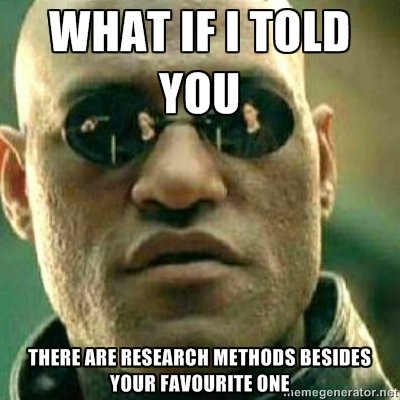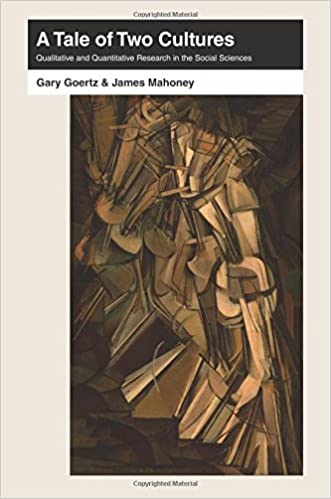Today, I want to add some reflections about how we conducted mixed-method research for the book. (1/12) https://twitter.com/F_Bethke/status/1250371300440358914">https://twitter.com/F_Bethke/...
Project team was Markus Bayer for qualitative fieldwork and myself for quantitative #datascience. Partners at @BerghofFnd (esp. @MatteoDressler) conducted additional case studies. We had workshops with the whole team (incl. Vero and @daniellambach ) to sum up results. (2/12)
In the funding proposal, we explicitly stated the goal of doing mixed-method research. However, some aspects of this goal looked better on paper and played out quite differently in practice. Some of them relate quite well to the tale of two cultures (Goertz/Mahoney). (3/12)
Once the project had started it was very much about how one qualitative researcher (Markus) and one qualitative researcher (me) would collaborate. Three things were particularly challenging. (4/12)
First, we had difficulties with case selection. Markus and @daniellambach wrote most of the funding proposal, including case selection. I contributed a pilot study about preliminary quantitative evidence about the link between NVR and democratic consolidation. (5/12)
When doing case selection for field work, they operated from a qualitative perspective (Y-centric), selecting comparable cases that explain our outcome (dem. consolidation). (6/12)
By contrast, I was always looking at case selection from the perspective of the potential outcome framework. Thus, I had an X-centric perspective on case selection. We should have discussed case selection more at proposal stage (7/12)
Second, we had difficulties organizing collaboration. Ideally, mixed-method research is an iterative process. You constantly revise your assumptions based on the other perspective you engage with. However, this is difficult to achieve in practice. (8/12)
Markus had to conduct field trips while I had to compile datasets. If we would have practiced an ideal iterative process none of us would have been able to finish his stuff within the committed timelines. Thus, we often worked side by side instead of together. (9/12)
Third, we had different ideas about how to report results. I was always looking to report generalizable patterns and tended to discard particularities and nuances. (10/12)
Markus and @MatteoDressler who worked on the case studies, by contrast, wanted to emphasize the complexity of each of their cases and especially focused on contradictions and deviation from established patterns. (11/12)
tl;dr: Imho mixed-method research as an ideal type of research, which we should aspire but which is hardly achievable. (12/12)

 Read on Twitter
Read on Twitter



